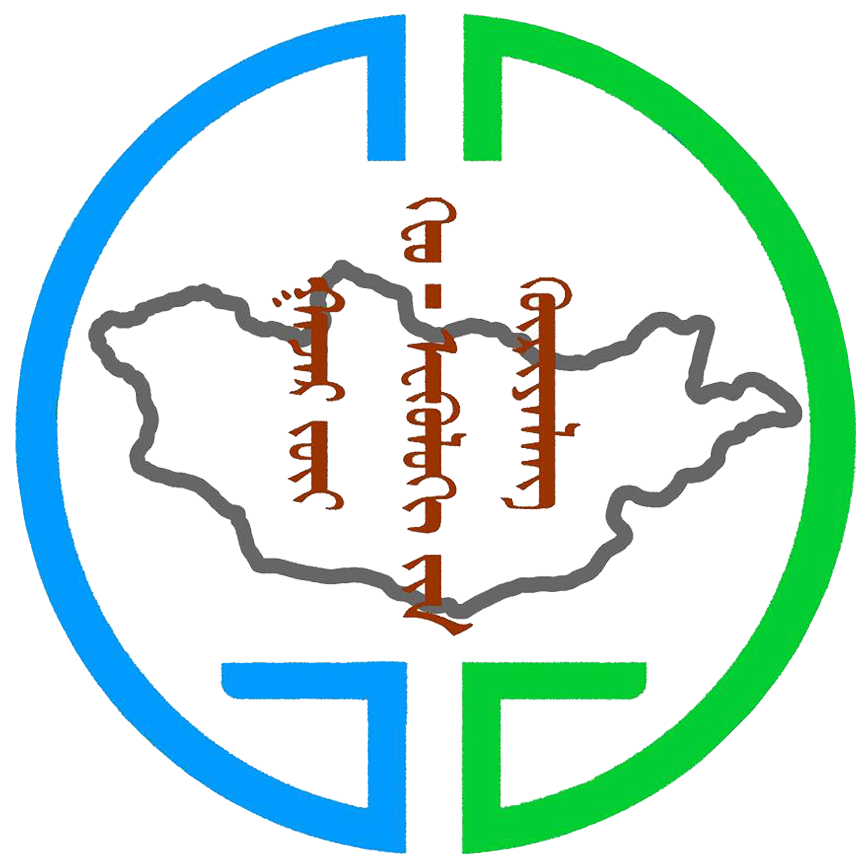BACKGROUND:
In general, Mongolia has been recognized with relatively well preserved pristine nature. However, some negative changes already being occurred in the environment and natural balances, which leads to land degradation, erosion, reduction of natural resources and loss of ecological balances in some areas. For example, more than one-third of pasture land is already being under high pressure and degradation,due to poor management. Furthermore, nearly 90 percent of the Mongolian territory is considered vulnerable to desertification processes. Thus, currently impacts from human activities are considerably increased on top of the natural and climatic changes.
Remote sensing is widely used in environmental research and there is higher potential for studying pasture land use which is occupies large portion of the Mongolia’s territory. Pasture land change depends from various factors, such as vegetation types, geomorphological characteristics, moisture condition and human activity factors. Therefore, studying pasture land degradation by using remote sending data is useful to compare above mentioned different parameters.
